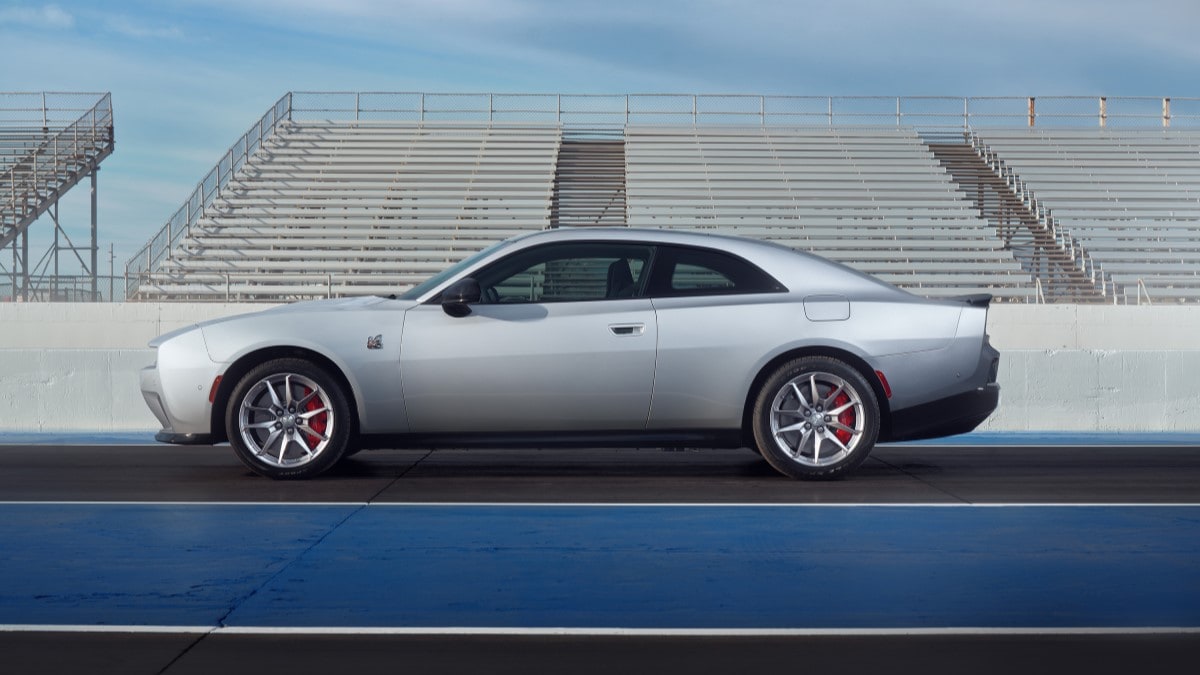Today’s electric vehicles (EVs) have drawbacks, from long charging times to limited ranges. The automotive industry and government officials want to shift most Americans to electric cars. But doing so will require an immense, decades-long project to remake America’s infrastructure to serve millions of EVs.
Next-generation battery technology, however, could make it all much easier.
About Solid-State Batteries
Engineers are hard at work trying to create a new generation of EV batteries that charge faster, weigh less, hold more energy in the same space, and may even require fewer rare earth minerals to produce.
Related: What Is a Solid-State Battery for an Electric Car?
They’re called solid-state batteries because they replace the heavy gel electrolyte in today’s batteries with a lighter, solid substance. And Stellantis may have them first.
Today, Stellantis and battery research firm Factorial announced plans to start testing vehicles with solid-state batteries as soon as 2026.
Demonstration Fleet in 2026
The companies will “launch a demonstration fleet of all-new Dodge Charger Daytona vehicles by 2026 equipped with Factorial’s solid-state batteries, marking a key next step in the commercialization of this promising technology,” the pair announced.
Related: How Solid-State Batteries Could Shape Our EV Future
They won’t likely be on sale in 2026. But the fleet “will enable the validation of Factorial’s technology and assessment of its performance in real-world driving conditions,” the companies say.
Same Platform Could Power Many Cars
Using the Charger Daytona as a testing mule could enable the pair to move to production quickly if the tests prove successful. That car rides on Stellantis’ STLA Large multi-energy platform.
Many of today’s EVs are built from so-called “skateboard platforms” — near-flat units containing batteries, electric motors, steering, and suspension components. Once engineers have a working skateboard platform, they can build many different vehicles from it.
The STLA Large platform already powers the Charger Daytona, the Jeep Wagoneer S, the Jeep Recon, and the Ram 1500 REV.
A Race to Produce Them First
Many manufacturers are studying solid-state batteries. Most can now produce them in small numbers. However, researchers say building a factory’s worth is challenging, requiring laboratory-like dry conditions.
Related: Report — Electric Nissan GT-R Will Be First Solid-State Battery Car
Until this announcement, industry observers generally pegged Nissan as the company likely to reach full-scale production first. BMW and Toyota also have advanced research projects we know about, and other automakers may be further along and simply keeping quiet about it.
Today’s announcement moves Stellantis near the front of the pack.
If solid-state batteries live up to their promise, they could ease many car shoppers’ doubts about range and charging issues and reduce the severity of the infrastructure change needed to support a nation of EVs.








